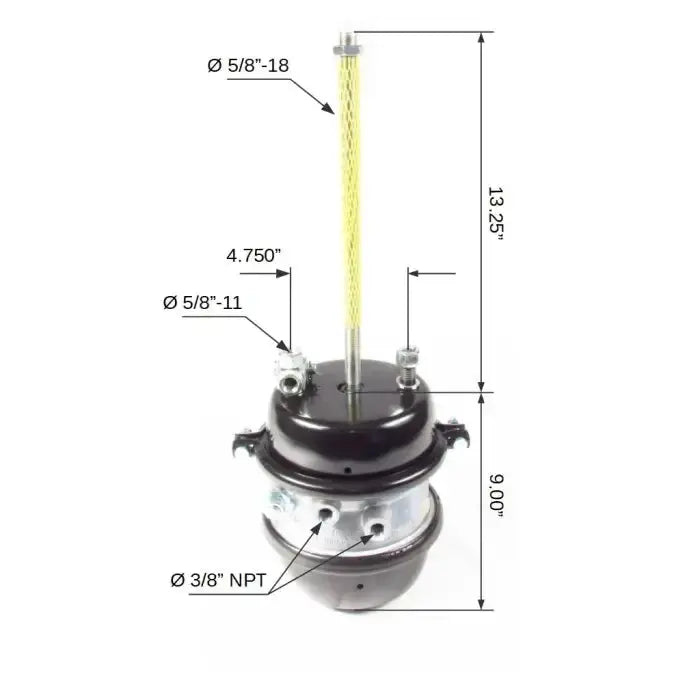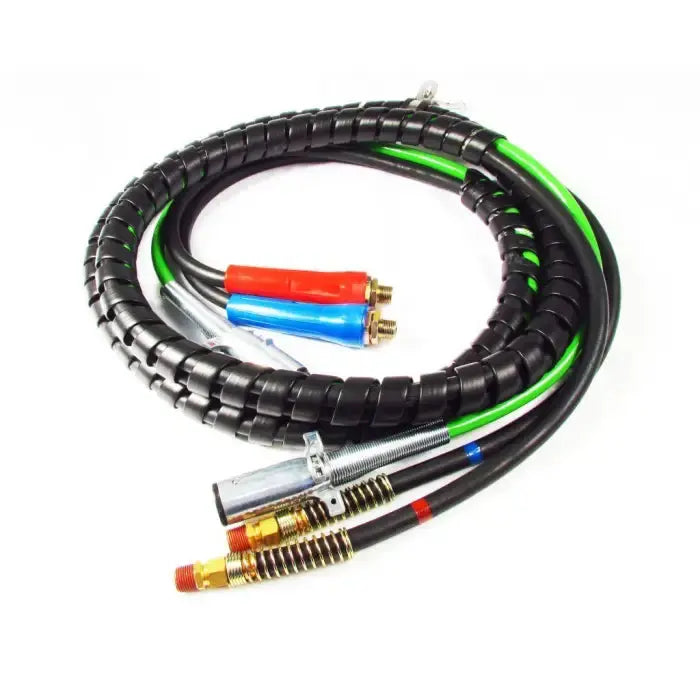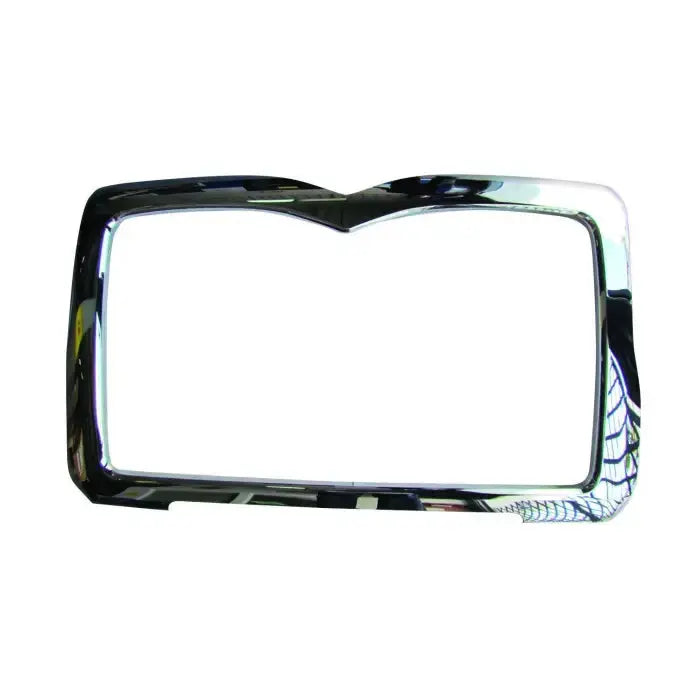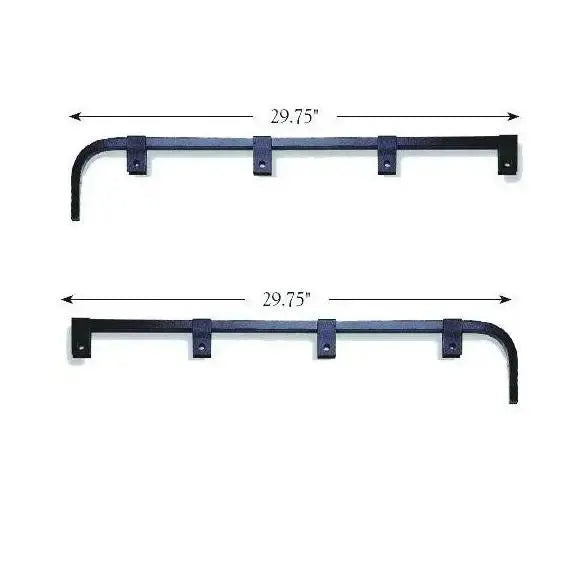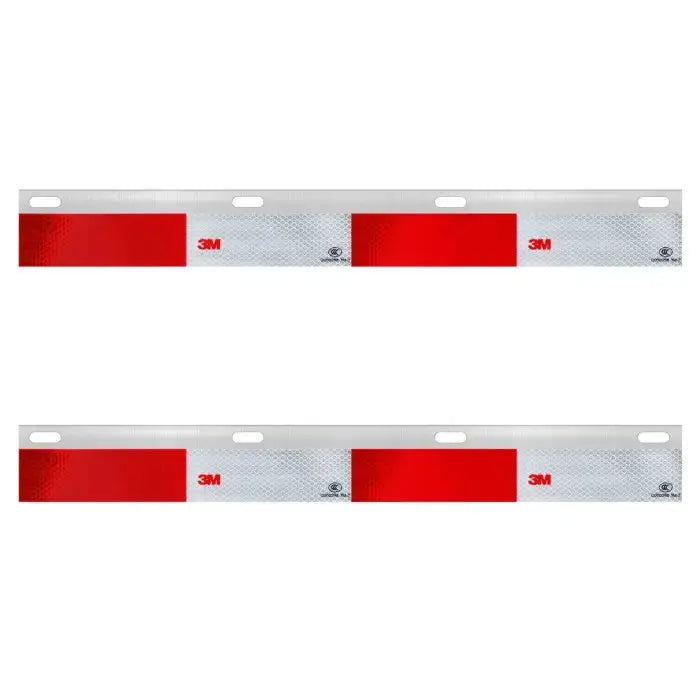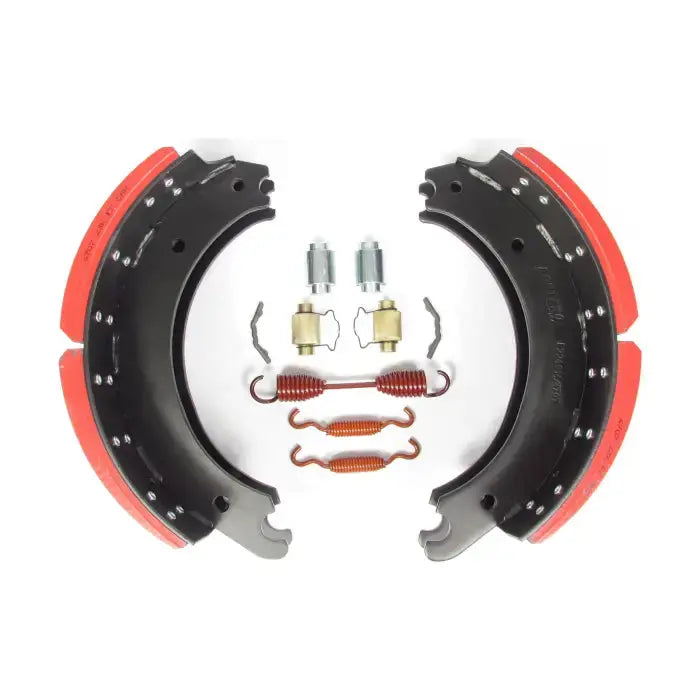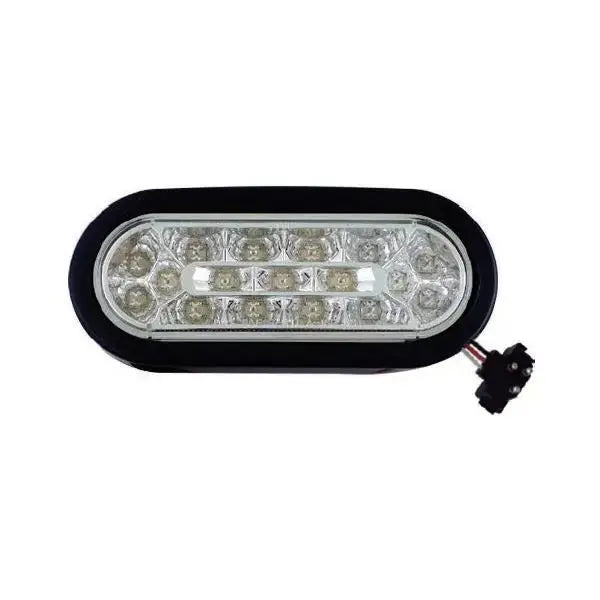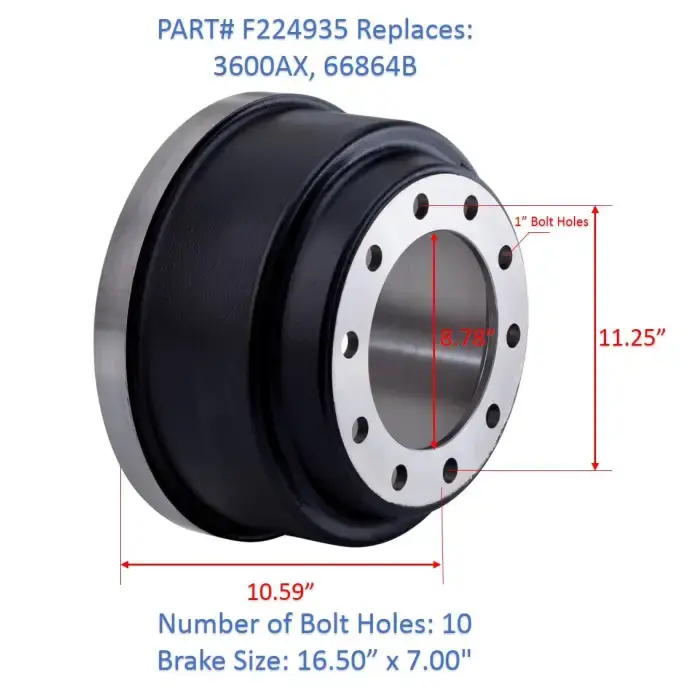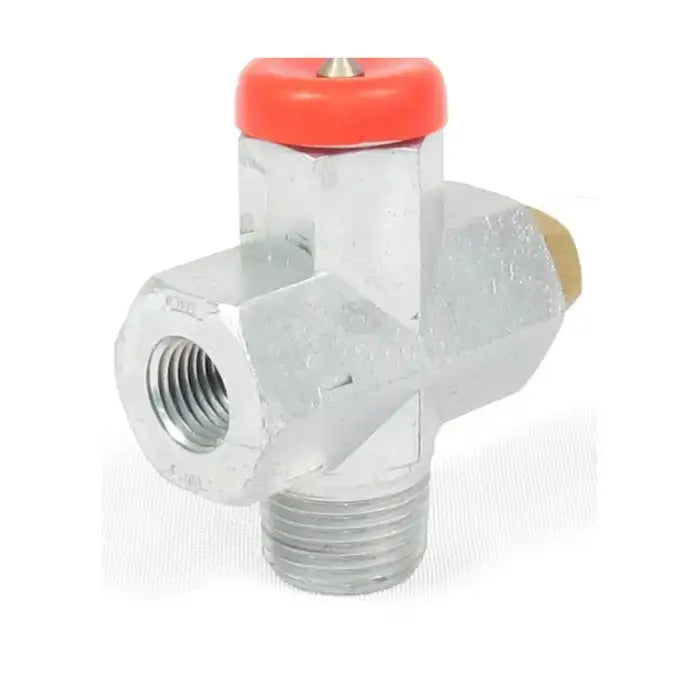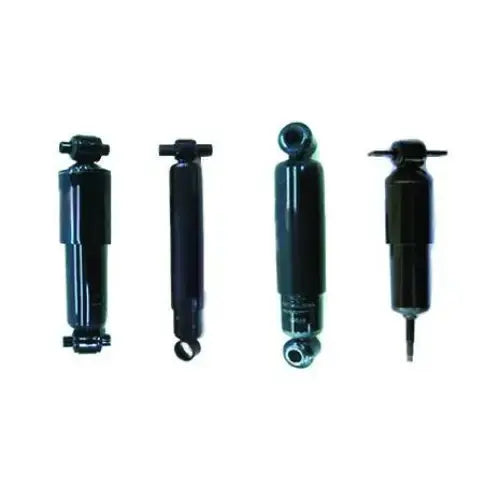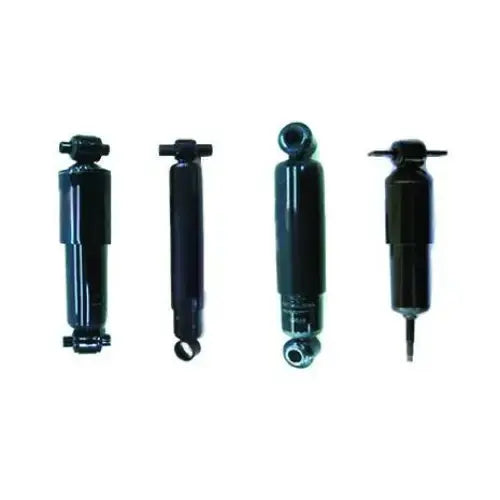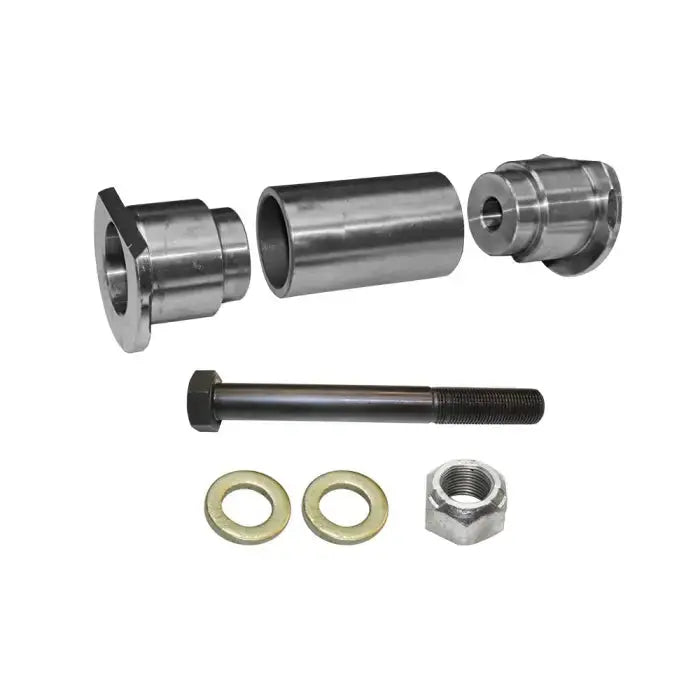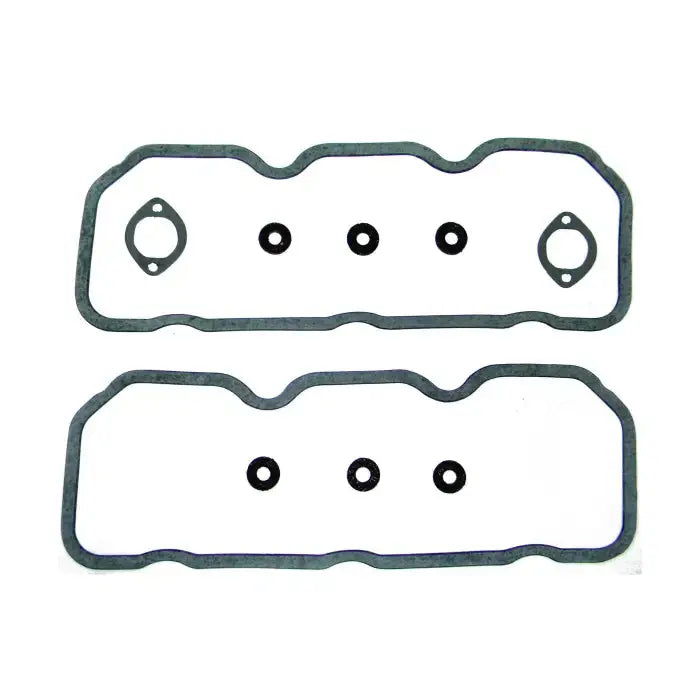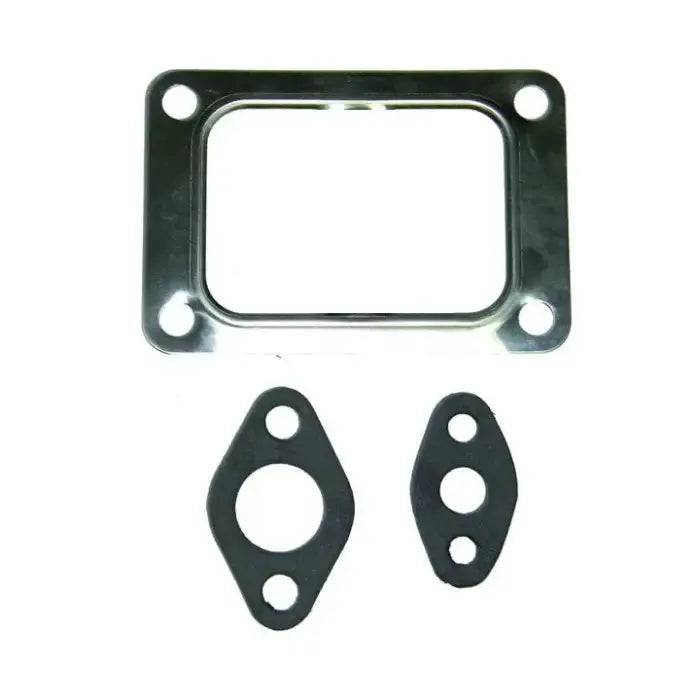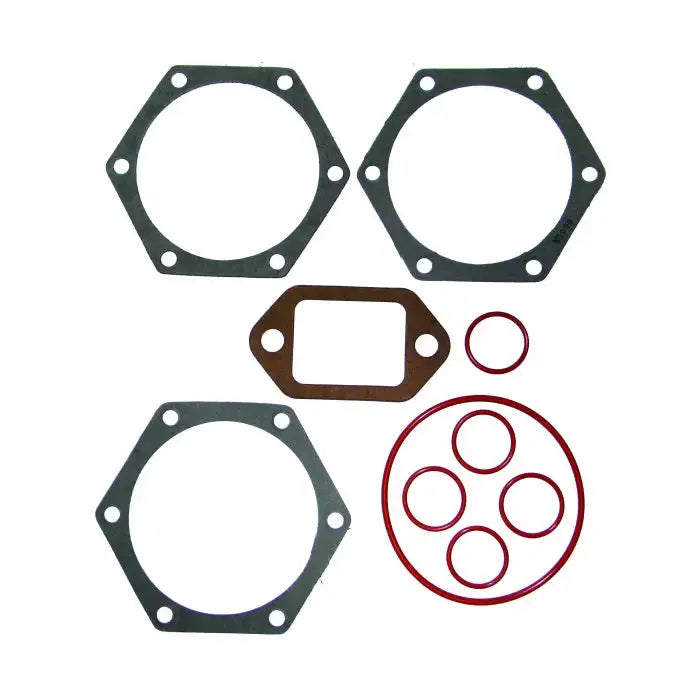
Fan Clutch High Temperature Solenoid Valve For International | Replace 1689785C91
In Stock
Crossref: 1689785C91 Notes: All Ports 1/8” P.T. International Application What is a Fan Clutch and...
Safe Payment
Confidence
Worldwide Delivery
Crossref: 1689785C91
Notes: All Ports 1/8” P.T. International Application
What is a Fan Clutch and why you need it?
A fan clutch is a thermostatic engine cooling fan that can freewheel at low temperatures when cooling is not needed, allowing the engine to warm up faster, relieving the unnecessary load on the engine. As temperatures increase, the clutch engages so that the fan is driven by engine power and moves air to cool the engine.
Our International Fan Clutch Solenoid Application
OE-Genuine replacement solenoid valves with connectors meeting OEM specifications and avoid hassle during replacement.
Specifications:
- Normally Open Inlet Port Size: Female 1/8-27 NPTF
- Normally Closed Inlet Port Size: Female 1/8-27 NPTF
- Outlet Port Size: Male 1/8-27 NPTF
- Voltage: 12 Volts
- Orifice Size Minimum: .047" minimum
- Flow Rate @ 120 psi: 2.77 Standard Cubic Feet/min
- Diode Installed: No
- Wire Length: 6"
- Replace: 1689785C91
How does fan clutch solenoids work?
However, if engine temperature rises above the clutch's engagement temperature setting, the fan becomes fully engaged, thus drawing a higher volume of ambient air through the vehicle's radiator, which in turn serves to maintain or lower the engine coolant temperature to an acceptable level.
Mechanical fans are most common in trucks and SUVs, and some RWD cars. This is easier to accomplish because the engine is mounted longitudinally, with the belt accessory components mounted facing the radiator. The fan is mounted on the crankshaft pulley or one of the accessory pulleys (e.g. the water pump pulley) and will spin in between the radiator and the engine, drawing air back through the radiator and blowing it over the engine. Even though the air has been heated by passing through the radiator, it is still much less hot than the engine surface, so the airflow over the engine helps with cooling.
In contrast, in a front-wheel-drive vehicle, the engine is usually mounted laterally, with the crankshaft and typically all the major accessory shafts parallel to the front axle, so as to directly drive the transaxle; a fan mechanically mounted on an accessory pulley would blow sideways and would not face the radiator. This is why electric engine-cooling fans are used virtually universally in front-wheel drive vehicles. The conversion of mechanical energy to electricity and back to mechanical rotary power with a fan motor is less efficient than a direct mechanical connection, but this is more than compensated by greater control of an electric fan through electronic thermostatic controls which can turn the fan completely off when the engine temperature is below the setpoint.
Frame Material: Wood |
Seat Material: Wood |
Adjustable Height: No |
Seat Style: Saddle |
Distressed: No |
Custom Made: No |
Number of Items Included: 1 |
Folding: No |
Stackable: No |
Cushions Included: No |
Arms Included: No |
Legs Included: Yes |
|
Footrest Included: Yes |
Casters Included: No |
Nailhead Trim: No |
Weight Capacity: 225 Kilogramm |
Commercial Use: No |
Country of Manufacture: Vietnam |
